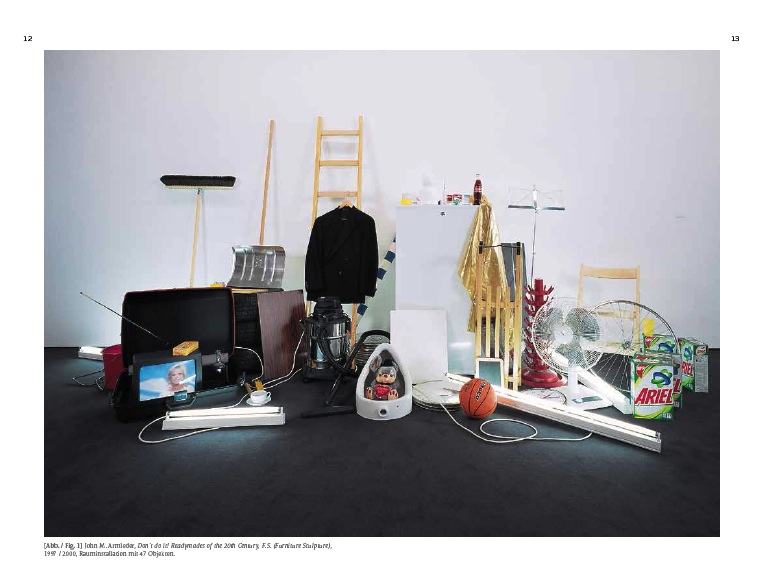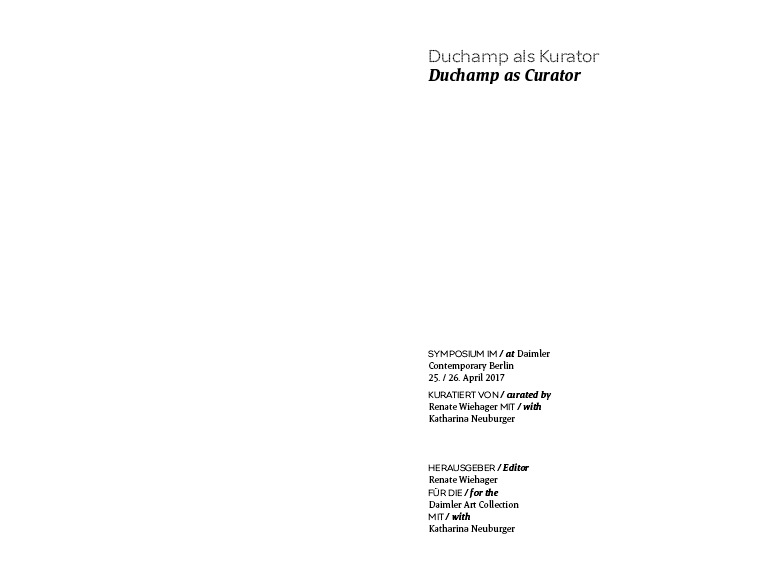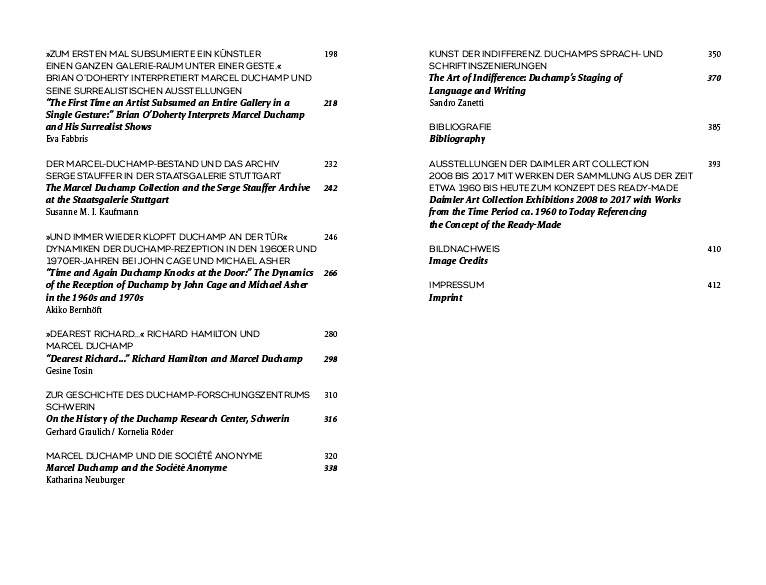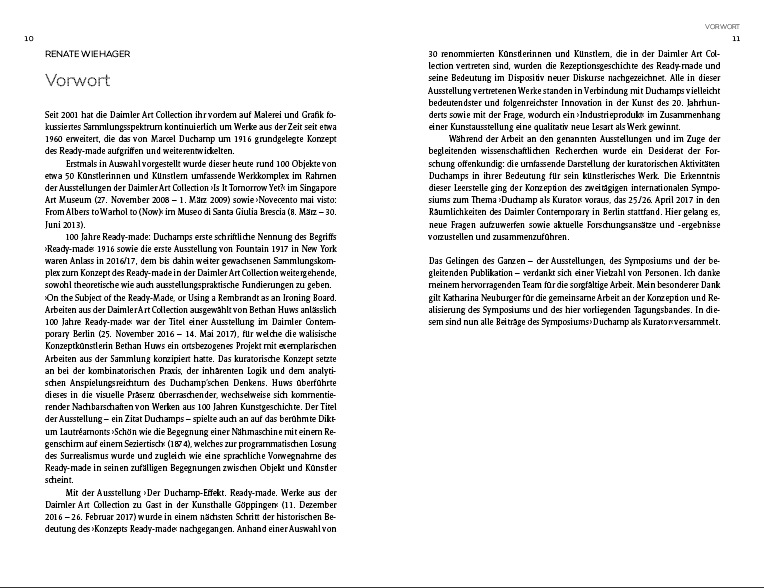BOOK:Duchamp As Curator,Snoeck Publications
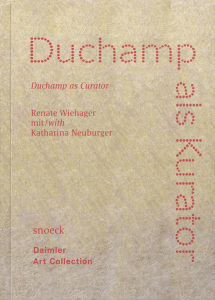 The bilingual (English-German) book “Duchamp as Curator” tells a new story of the 20th Century’s most influential artist, recounted not so much through his artwork as through his “non-art” work. The book is a publication on the Symposium presented by the Daimler Art Collection, (25-26/4/17) and is the first on this topic. With 8 essays by well-known authors, analyzing Duchamp’s numerous curatorial gestures as well as introductions to two important German Duchamp research institutions. Marcel Duchamp gave a new conceptual direction to the multiple possibilities for perception and open perspectives of interpretation of his oeuvre, via the staging, reproduction and multiplication of his own and others’ works, which subsequently defined a turn in contemporary art. Principles of exhibition practice became decisive factors in the constitution of a work. Curatorial gestures and concepts that determined the staging of his works and allowed him to move away from canonical definitions of the artist; publications and photographic documentations and of his New York studios; themes, contributions and layout drafts for art magazines. As a member of New York’s Society of Independent Artists and head of the hanging committee for its first annual exhibition (1917), Marcel Duchamp took the chance to formulate openly and provocatively his ideas to the public. Along with his submission of “Fountain” (1917), his many interventions in the show challenged the entire American exhibition system. One immediate result of Duchamp’s New York exhibition activities was his cooperation with Katherine S. Dreier and Man Ray, Duchamp founded the Société Anonyme, Inc.: Museum of Modern Art in 1920 and thus became a Museum founder. With this, the first Contemporary Art Museum of art in U.S.A., a new form of art institution was born that was radically open in what it selected for exhibition and did not define those works in historical terms or by stylistic schools.-Dimitris Lempesis
The bilingual (English-German) book “Duchamp as Curator” tells a new story of the 20th Century’s most influential artist, recounted not so much through his artwork as through his “non-art” work. The book is a publication on the Symposium presented by the Daimler Art Collection, (25-26/4/17) and is the first on this topic. With 8 essays by well-known authors, analyzing Duchamp’s numerous curatorial gestures as well as introductions to two important German Duchamp research institutions. Marcel Duchamp gave a new conceptual direction to the multiple possibilities for perception and open perspectives of interpretation of his oeuvre, via the staging, reproduction and multiplication of his own and others’ works, which subsequently defined a turn in contemporary art. Principles of exhibition practice became decisive factors in the constitution of a work. Curatorial gestures and concepts that determined the staging of his works and allowed him to move away from canonical definitions of the artist; publications and photographic documentations and of his New York studios; themes, contributions and layout drafts for art magazines. As a member of New York’s Society of Independent Artists and head of the hanging committee for its first annual exhibition (1917), Marcel Duchamp took the chance to formulate openly and provocatively his ideas to the public. Along with his submission of “Fountain” (1917), his many interventions in the show challenged the entire American exhibition system. One immediate result of Duchamp’s New York exhibition activities was his cooperation with Katherine S. Dreier and Man Ray, Duchamp founded the Société Anonyme, Inc.: Museum of Modern Art in 1920 and thus became a Museum founder. With this, the first Contemporary Art Museum of art in U.S.A., a new form of art institution was born that was radically open in what it selected for exhibition and did not define those works in historical terms or by stylistic schools.-Dimitris Lempesis
